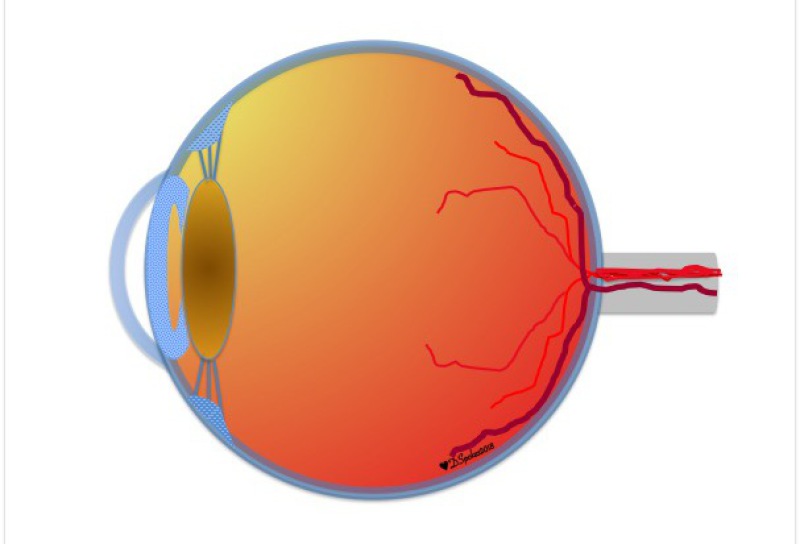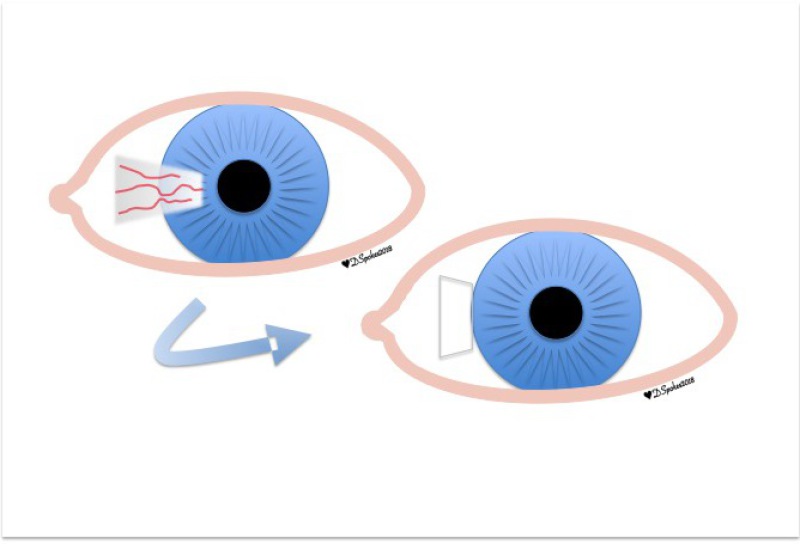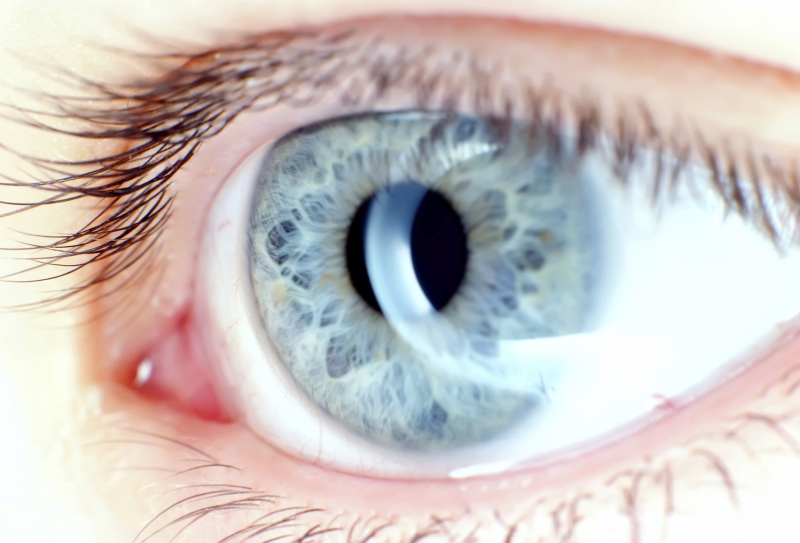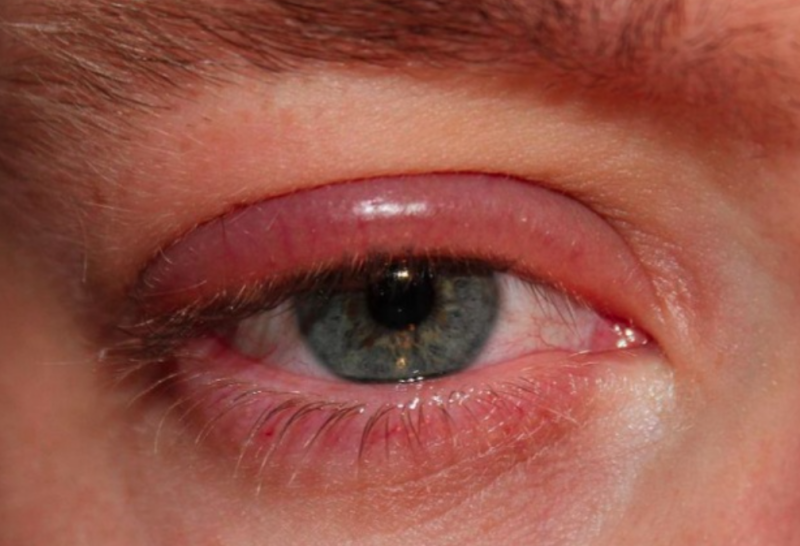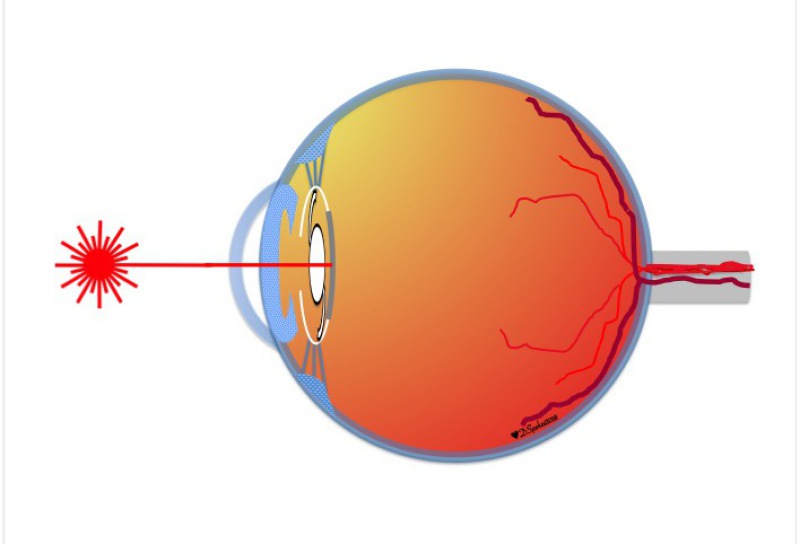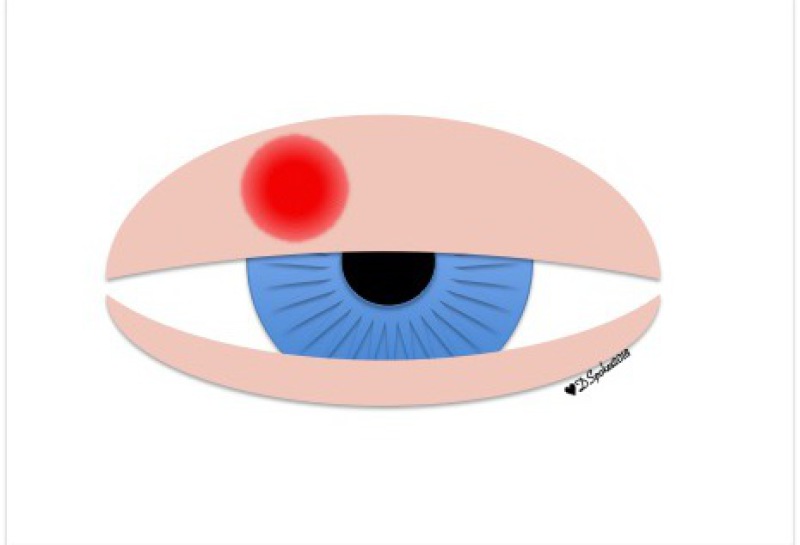---
Pterygium
Pterygium is an overgrowth of normal eye tissue onto the cornea and can cause problems with vision as well as discomfort and dry eye symptoms. It is thought to be related to exposure to UV light and is common in hot sunny countries.
If it appears that the pterygium is getting bigger or affecting the vision then surgery is sometimes recommended to remove the pterygium. Modern surgical techniques are very effective and carry a very low risk of recurrence.
Laser capsulotomy
After cataract surgery the membrane bag ('capsule') supporting the lens implant may gradually become cloudy. This usually takes some years after the surgery.
Patients may notice the vision becoming cloudy again or notice glare and dazzle with bright light.
Laser treatment ("YAG laser") to clear the cloudy capsule away from the line of sight is quick and effective and there are very few complications. Once this has been done it is very unusual to need to repeat it.
Chalazion
Blocked glands in the eyelid margin can lead to formation of a cyst or lump in the eyelid known as a chalazion. Some people are more prone to form these because of their skin type.
The lump can be simply a nuisance or may be uncomfortable. A large chalazion may induce astigmatism by pressing on the cornea and causing subtle distortion.
Treatment of the chalazion is initially with daily application of a hot compress but if this is not effective a short surgical procedure can be arranged.
On occasions a cyst may become infected (a stye). Often this will resolve with application of a hot compress but in more severe cases the eyelid may become swollen in which case antibiotics may be needed.


